Introduction To Hydroponic Systems
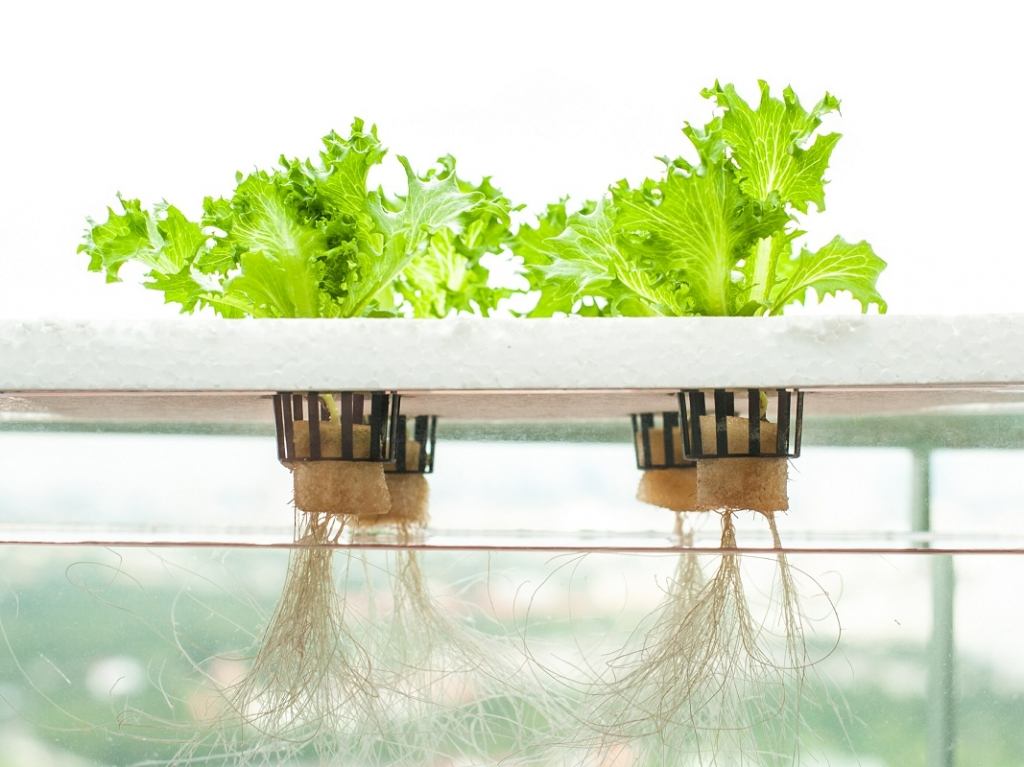
What are the different types of hydroponic systems?
There are a number of different types of hydroponic systems that can be used to grow plants. Plants thrive on the nutrient solution alone and without soil. The medium (Rockwool, Perlite, Clayballs, Coco Fibre, Canna Terra) merely acts as support for the plants and their root systems, and perhaps to hold moisture around the roots. The growing medium, if any, is totally inert. Which means the nutrients are supplied to plants via its watering plan. The watering solution or reservoir will be a mix of nutrients and water. The strength and type of solution will depend on the phase of growth the plant is in at the time.
Introduction to Hydroponic Systems
All hydroponic systems consist of some media in which to grow the plant, a container to hold the media, some nutrient, and some method of supplying the nutrient to the plants roots (this may be as simple as using a watering can yourself or as complex as using timed pumps and a reservoir). Also a system must expose the plants in it to light, either natural light, or artificial using special hydroponic lights.
Autopot Hydroponic Systems
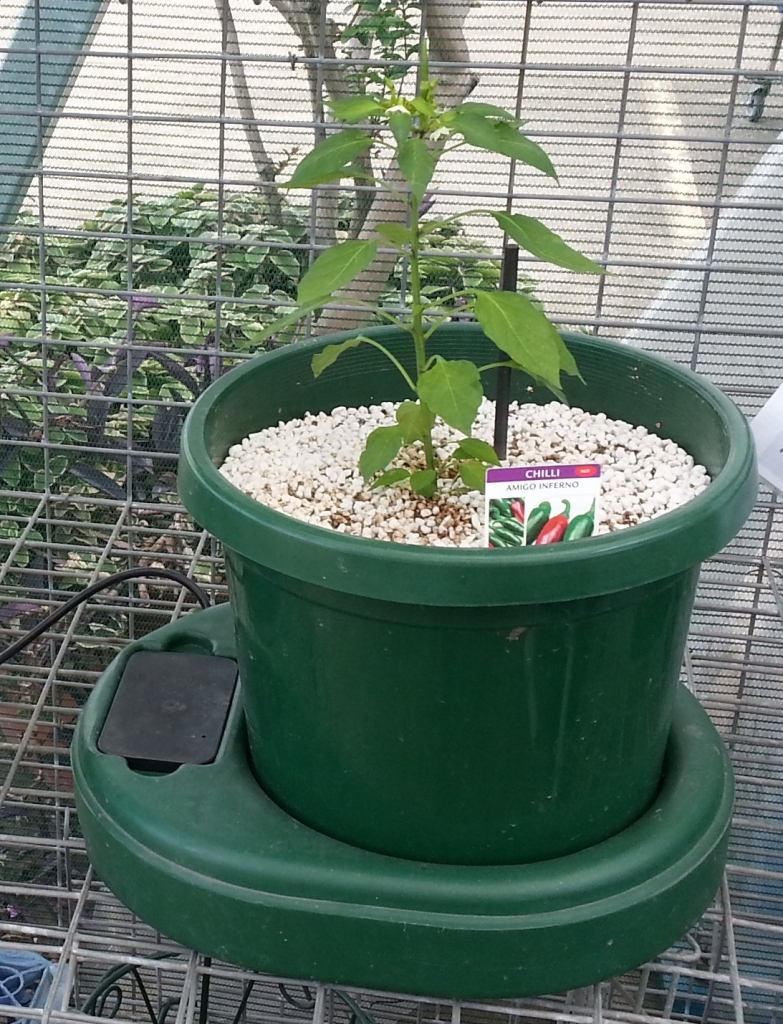
The Autopot hydroponic system is designed so that the individual plants in their individual containers can dictate when they get their nutrient solution, according to their ever changing needs. A wide range of different plants in Autopot systems will each take on water at totally different times and cycles, rather than being tied to an automated cycle. Let's use an example to explain. Imagine you have two plants, one a young seedling, the other a large mature plant. The mature plant may require four times more water during the day than the small seedling. In an Autopot system, this is no problem - both plants will receive a wet and dry cycle according to their own needs (without the use of complex electronic equipment). So each plant will become virtually dry again before the water is replenished, and as nature intended both of your plants will flourish. Click here to read more about Autopot Hydroponic Systems.
Aeroponics Systems
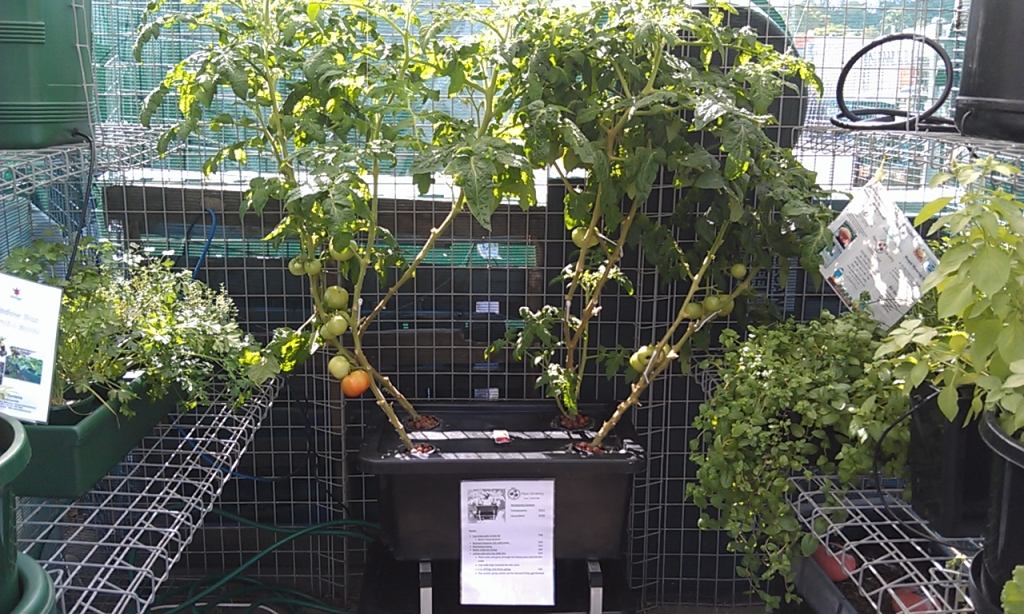
Aeroponics is a method where the hydroponic nutrient solution is sprayed through fine misting sprinklers directly onto a plants roots. The roots get a perfect mix of water, air and nutrients. The excess nutrient solution drains into a sump where it is cycled back through the misters using a pump. One of the most recent developments in hydroponic systems is aeroponics. Aeroponics is defined by the ISOSC as a system in which the plants roots are continuously or discontinuously in an environment saturated with fine drops of nutrient solution. Aeroponics simply requires growing your plants so that their roots are suspended in a deep air or growth chamber in such a way that the roots of the plants are periodically wetted with a fine mist of atomised nutrients. Aeroponics gives you the advantage of excellent aeration. "The importance of oxygen in supporting the intensive metabolic processes associated with root formation and subsequent growth is well recognised." (Carruthers, S. "Hydroponic Gardening", 1998). Simply put, by exposing your plants roots to more oxygen you are growing healthier plants faster. Click here for the Aeroponics Beginners Guide.
Flood and Drain Hydroponic Systems
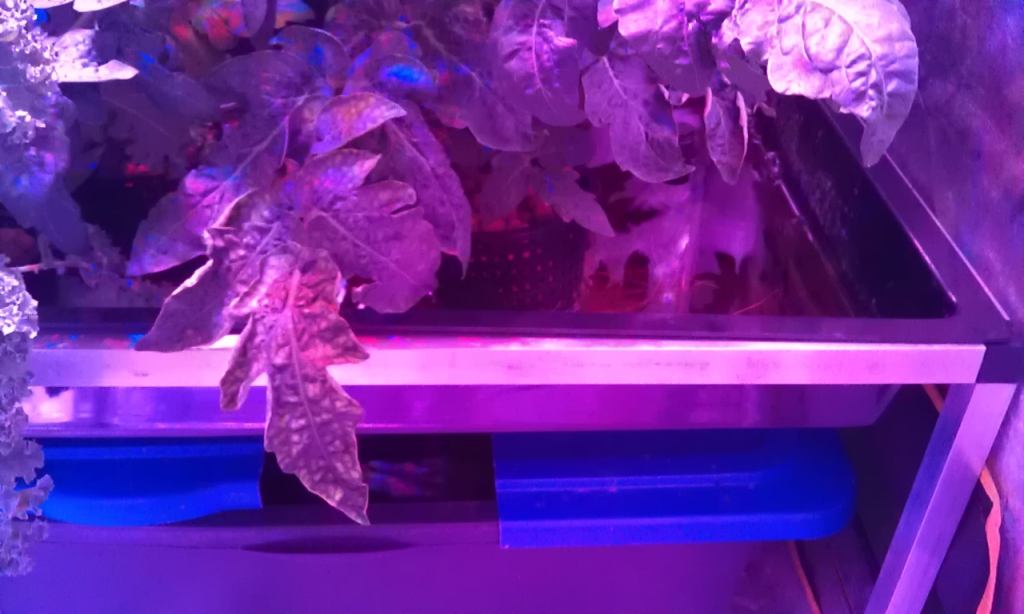
Flood and drain uses a medium such as clay balls or perlite in pots, net pots or a growbed in which plants are planted straight into. A water and nutrient solution floods the plants roots completely for a certain amount of time. The water is then drained completely and the plants roots are given a chance to air out. As the name suggests, flood and drain hydroponic systems work by flooding plants with an aerated nutrient solution and then draining the growing tray in order to aerate the roots and supply them with much needed oxygen.
Flood and drain systems are very easy to use once set up. They consist of a tray, stand, pump and fittings. The tray holds the plants, the growing medium, and the nutrient solution. The pump is used to feed the plants with nutrient, and to drain the tray. The timer is used to regulate the pump and feed the system for 15 minutes every hour.
Flood and Drain systems are becoming increasingly popular by both hobbyists and professional growers alike. The method is able to supply fresh oxygen to the root system of your plants. As the tray is flooded with your nutrient solution, carbon dioxide rich air is pushed out from around the root system. When the pump is turned off, the tray is drained and oxygen rich air is drawn down to the roots. This oxygen is then used by your plants until the next cycle begins. A further benefit of the Flood and Drain System is that it allows higher density planting than most other systems.
Here at Aqua Gardening, we use light expanded clay aggregate (LECA or clay pebbles) as the growing medium in Flood and Drain Systems. Due to the neutral (no acid or base qualities) nature of clay pebbles, along with other properties it is perfect for growing plants, especially indoor plants. Clay pebbles provides an ideal balance of moisture, food and air to your plants. Capillary action on the surface of the lightweight pebbles allows nutrient solution to be carried to the plants. Root rot is eliminated due to the space between the pebbles allowing all-important oxygen to get to the roots.
Hand Watering Hydroponic Systems
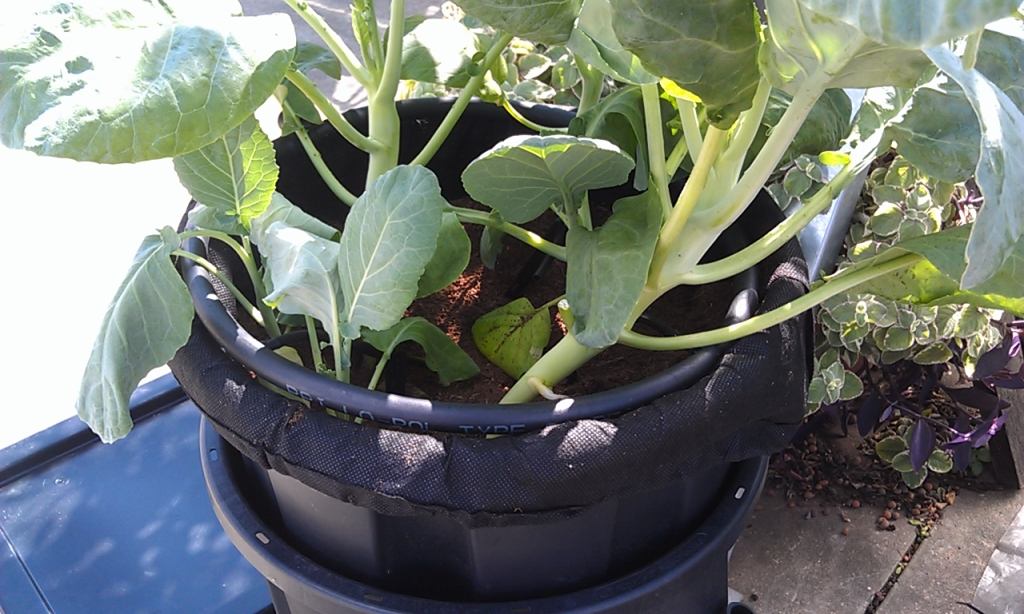
Hand watering hydroponics systems use a well draining medium such as Canna Terra or Canna Coco Fibre. This is an easy way for a beginner to understand hydroponics. The water and nutrient solution trickles down through the medium where it is absorbed by plant roots and any excess drains out of the bottom of the pot. There are many ways to apply the solution to the plant roots. From simply applying solution by hand in a container to elaborate systems using pumps, pipes and frame structures. As you can imagine the more elaborate the system the higher the cost and more maintenance is required. Hand fed hydroponic systems are the simplest of all. Plant your seeds or seedlings into hydroponic medium in a grow tray and feed the plants by pouring nutrient solution into the tray which is drawn up and absorbed by the plant roots.\n
NFT (Nutrient Film Technique) Hydroponic Systems
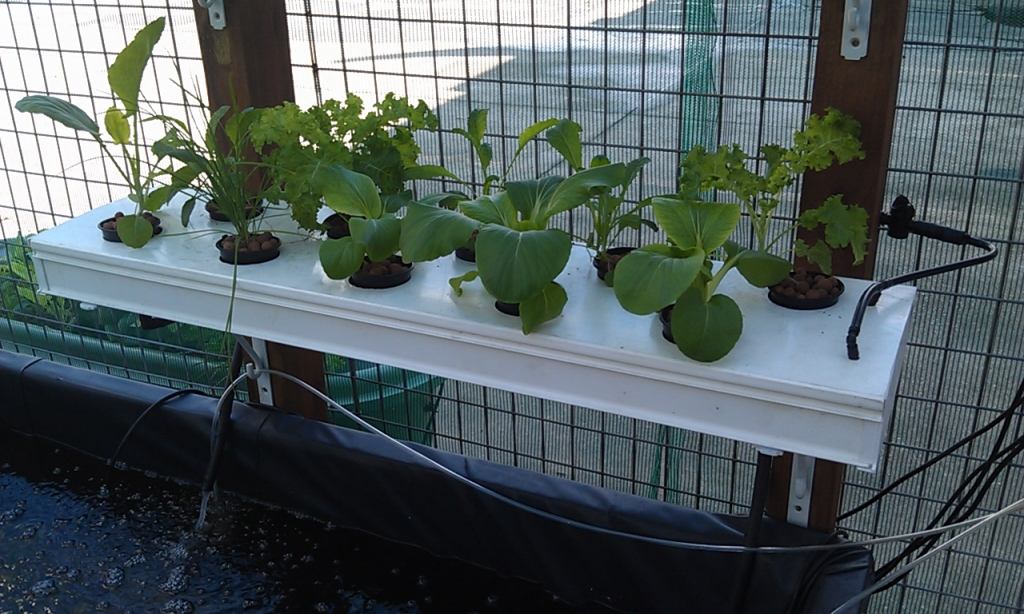
Nutrient Film Technique is method where the nutrients and water flow along channels. The plants are planted into net pots filled with a grow medium such as perlite or clay balls. The net pots are then placed into the NFT channels where the roots come into contact with the nutrient solution. The basic principle of Nutrient Film Technique systems are that the plant's roots are given access to a constantly running and very shallow stream (film) of nutrient solution flowing down an enclosed trough. As with flood and drain systems, the flow of water is controlled by a pump submersed in your nutrient solution. However, rather than flooding the plants at regular intervals, the roots of the plants have access to the stream of water which runs constantly. To enable this the plants are placed in troughs with holes cut in the lids, allowing the roots of the plant to "dangle" down into the stream of water. Like flood and drain systems, N.F.T systems are easy to plant and harvest as all the work is done at waist level.
Dripper Hydroponic Systems
Dripper systems are fairly simple to set up automated systems that are ideal for the experienced grower on a budget. The setup involves a central reservoir containing nutrient solution that is pumped up to drippers that feed solution into pots containing medium and plants. This sort of setup requires that the grower knows how damp the medium should be without over watering plants - the drippers are constantly on (except during the dark cycle), so over watering is a real risk.
Deep Water Culture (DWC) or Bubbleponics
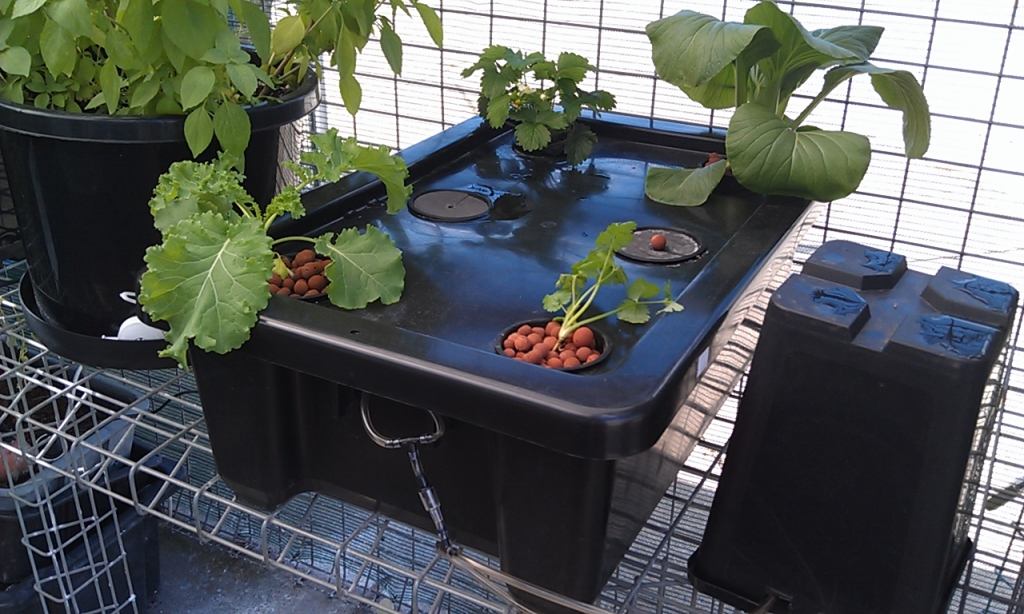
DWC is a method where plants roots are submersed completely in a water and nutrient solution. An airpump and airstones are used to pump air into the water which is vital for the plants roots. The air provides oxygen to the roots, and water carries the nutrients.
